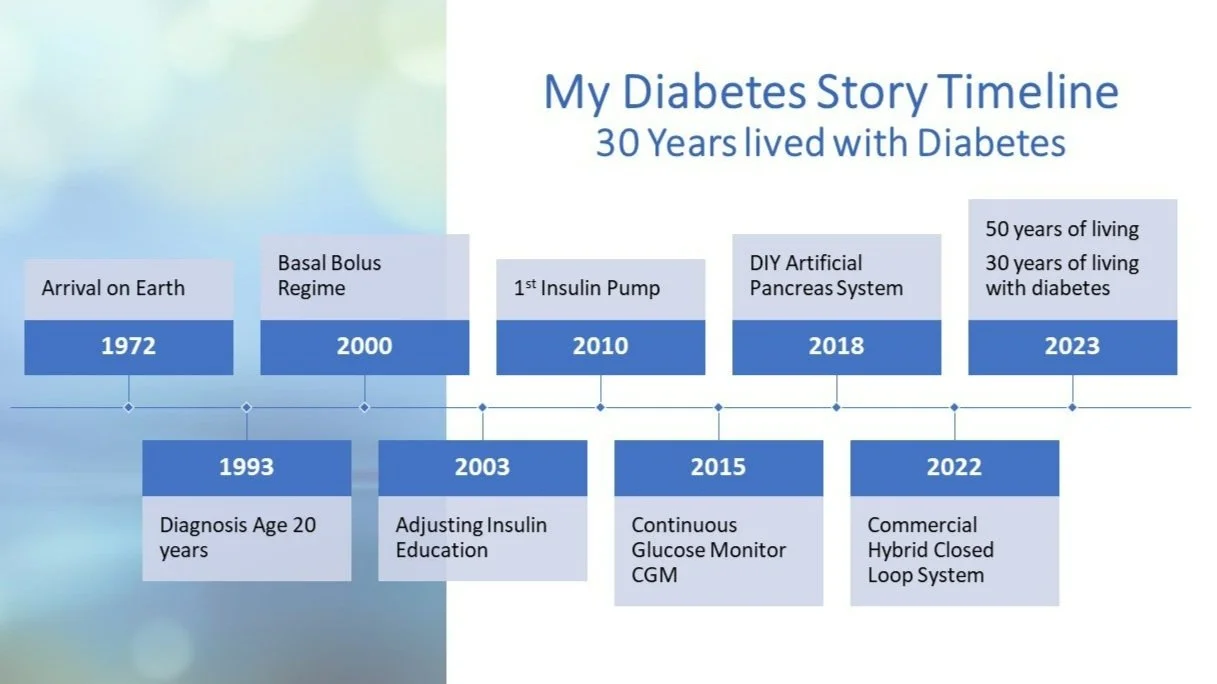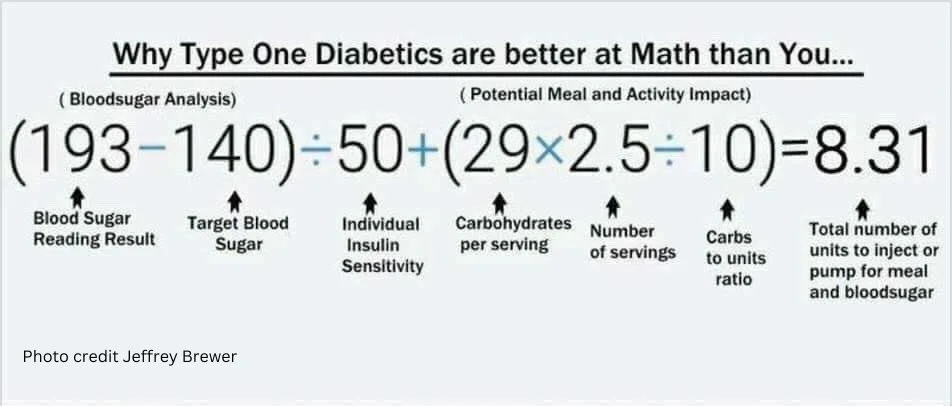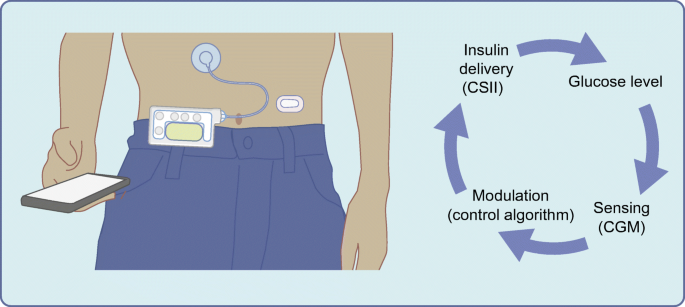On April 2, 2023, I celebrated 30 years of living with type 1 diabetes.
I had a few things going on in my life in April and May, so I didn’t have a chance to publish this post. I also have a couple of other posts I plan to share over the summer, so I’m back blogging for a few months before I knuckle down and get that final year of my degree in the bag.
Back to the post! There have been many advances in diabetes treatments that have improved my health and quality of life in the last three decades. Here’s a brief overview of the advances that I have been privileged to access.
My Diabetes in the 90s
The first years after my diagnosis in 1993 were very rigid; I had to fit my life into diabetes and not diabetes into my life as it does now. This involved:
injecting insulin twice a day, at the same time every day,
eating the same amount of carbohydrates at the time every day,
checking my blood glucose levels twice a day,
And a never-ending hobbit-style of snacking, in that I had to bring a large and full lunch box of food with me everywhere I went, which drove me crazy!
I had diabetes for seven years when the first change in my management was introduced, which was more efficient insulins, but it would mean injecting four times a day instead of two. This regime is known as Multiple Daily Injections, or MDI for short.
Multiple Daily Injections in the 2000s
You’re probably thinking, how could stabbing yourself with a sharp object four times a day instead of twice be better? Me too! It took some convincing and some research to learn that MDI would allow more flexibility around what I ate and when.
I started MDI in November 2000; it was an improvement on the previous regime but a marginal one. It was incredibly difficult to get the balance right between what I ate, how active I was and how much insulin to take. Jeffrey Brewer, CEO of Bigfoot Biomedical, tweeted the image below of the diabetes math I used to calculate how much insulin I should inject. I still struggled to keep my glucose in a safe range, trying to balance the insulin I had injected with food, activity and all the other factors that have an impact on my glucose levels.
It would be ten years before I had another change in my diabetes management that would improve my quality of life: an insulin pump.
Insulin Pumping in the 2010s
An insulin pump is a device that delivers insulin through thin tubing connected to a tiny flexible plastic needle under my skin. The pump is programmed to deliver insulin at different doses throughout 24 hours, with larger doses given by the wearer manually for meals.
I started “pumping” in 2010. I remember the first time I gave myself insulin by pressing a few buttons on my pump like it was yesterday. The fact that I didn’t have to expose my stomach to inject was liberating, even though it never really bothered me before. The pump increased my quality of life significantly; now, the formula for calculating my insulin was mostly done by my pump and could do it more precisely.
I’ve written several posts about the benefits of pumping for me. However, I know that an insulin pump isn’t an option for everyone whether it’s access or choice, so please bear that in mind before you read. I’ve included these posts purely for those of you who are curious.
My insulin pump posts:
Since 2010, the pace of technological advances in diabetes management has been fast and furious and has led to the most dramatic improvements in my quality of life.
My First Insulin Pump
Continuous Glucose Monitoring CGM in 2015
The first of these is a Continuous Glucose Monitor or CGM for short. A CGM is a small device, sometimes referred to as a patch, worn mostly on my arm. It checks glucose levels every five minutes and sends this information to an App on my smartphone.
I started using a CGM in 2015, soon after it became available in Ireland. Without a doubt, this device had the biggest impact on helping me live well with diabetes. The biggest advantage of it is the amount of information I get about my glucose levels, giving me the ability to make more informed diabetes management decisions. I became more proactive instead of reactive with my management.
However, as life-changing as this technology is, it still took a lot of effort to watch my CGM data and adjust insulin on my pump manually, not to mention the glucose high or low alarms going off a lot during the night. The next advance I had access to removed a lot of the work involved and is a complete game changer in diabetes management.
Do-It-Yourself Artificial Pancreas System DIYAPS, 2018
The Do-It-Yourself Artificial Pancreas System, or DIYAPS for short, adds a computer programme which collects information from my insulin pump and CGM, then issues commands to my pump on how to adjust my insulin levels automatically. Figure 2 illustrates this process. DIYAPS was created by people living with diabetes and was coined the #WeAreNotWaiting community on social media in 2016.
Figure 2. Image credit Boughton, et. al., 2021, Schematic of the configuration of closed-loop insulin delivery
In 2018, when my pump company left the industry, and my pump was coming up on its 4-year warranty expiration (see note*), there were only two pumps available to me, and neither of them was a current model. A newer model was supposedly due to arrive in Ireland “soon”, but I decided my patience had expired and joined the #WeAreNotWaiting community. Incidentally, that newer pump never made it to the Irish market.
My husband and I set up my DIY closed-loop system in December 2018 (you can read more about this journey here and why here ).
* Note: The health service requires us to replace our insulin pumps every four years because that’s how long the manufacturers will guarantee them.
The DIYAPS system means that I no longer think about diabetes from the moment I wake up until I fall asleep, and has reduced the swings in my glucose levels dramatically. It has been revolutionary.
The only drawback with DIYAPS was that being open source, the maintenance required updating the computer algorithms was time-consuming. In 2021, commercial APS, named Advanced Hybrid Closed-Loop Systems to distinguish them from DIYAPS, became available in Ireland. So when my last insulin pump’s warranty expired in 2022, I decided to go back to the commercially available approved systems.
Advanced Hybrid Closed Loop System, 2022
I started using a commercial Advanced Hybrid Closed Loop System in July of 2022. The biggest difference between this and DIYAPS is that I have customer support from the manufacturer instead of crowd-sourcing problems on social media. It’s still not a perfect replacement for what my own body should do; I still have trouble balancing insulin and physical activity, but for the most part, my glucose levels are stable. There are a couple of little things that would mean a lot that I would like to see advance in the system I use but I know some of them in very close to being available so I’m now a very patient person ;-)
Looking Towards the Next Decade
Copyright BloodSugarTrampoline. Myself and the hubby had a joint celebration of our combined centennial in February 2023. Let the good times keep rolling and let there always be cake :-)
Over my 30 years of living with diabetes, I’ve had to wait for the invention of treatments to access them, but not everyone with diabetes has access to all these advances, even in Ireland. Many people have to work the system to gain access, as I did, and others are only aware of them because they are connected to the global diabetes online community like I am. However, life with diabetes in 1993 was very different to what it is in 2023, and I hope it continues in its trend to reduce the impact it has on both quality of life and life expectancy.
I hope you’ve enjoyed taking a walk down memory lane with me, and I would love to know how your journey with diabetes has evolved.





